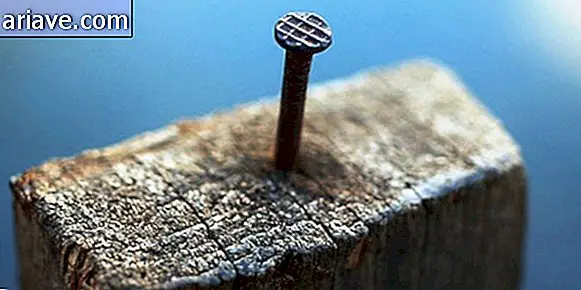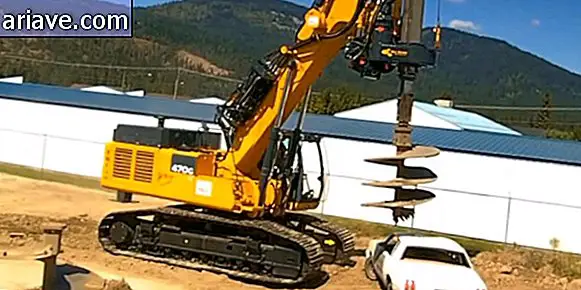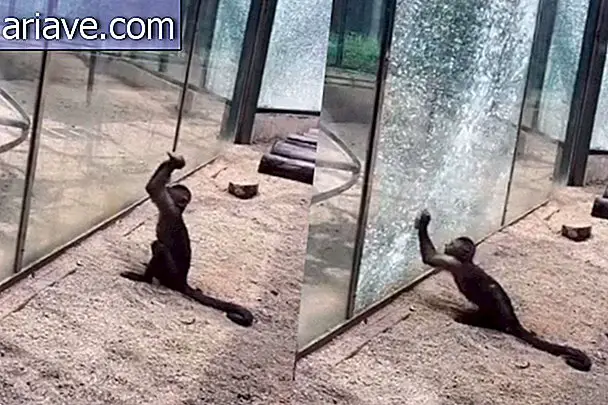89 years of the 'Curuçá Event', the Brazilian Tunguska
Being the target of an astronomical show is more common than you might think. Cosmic materials fall to Earth daily without anyone realizing it, but in some cases, for their larger proportions, the story may be a little different.

In 1908 the Tunguska event recorded the fall of a celestial object in Siberia near the Podkamennaya Tunguska River on June 30th. Behold, 22 years later, on August 13, 1930, a similar episode seems to have happened in the Curuça River region, in the municipality of Atalaia do Norte, in the Amazon.

At the time, riverine residents of the region claimed to have seen fireballs falling from the sky, but as no reports in Brazilian newspapers of that period were found, the search for evidence continues in full swing. Initial research was attributed to English astronomer Mark E. Bailey who found in the Vatican archives a mention of the mystery told by Fedele D'Alviano, a Capuchin monk who was on a religious mission near the Curuça River five days after the event. In addition to this record, interviews with the local population in which rumors and dust rain were mentioned feed the theory that the phenomenon actually happened.
While there is no absolute proof for the presence of crystals, large gaps, or other impact-produced substances, Bailey believes the mystery of the Curuçá River is one of the most important cosmic events of the twentieth century.











